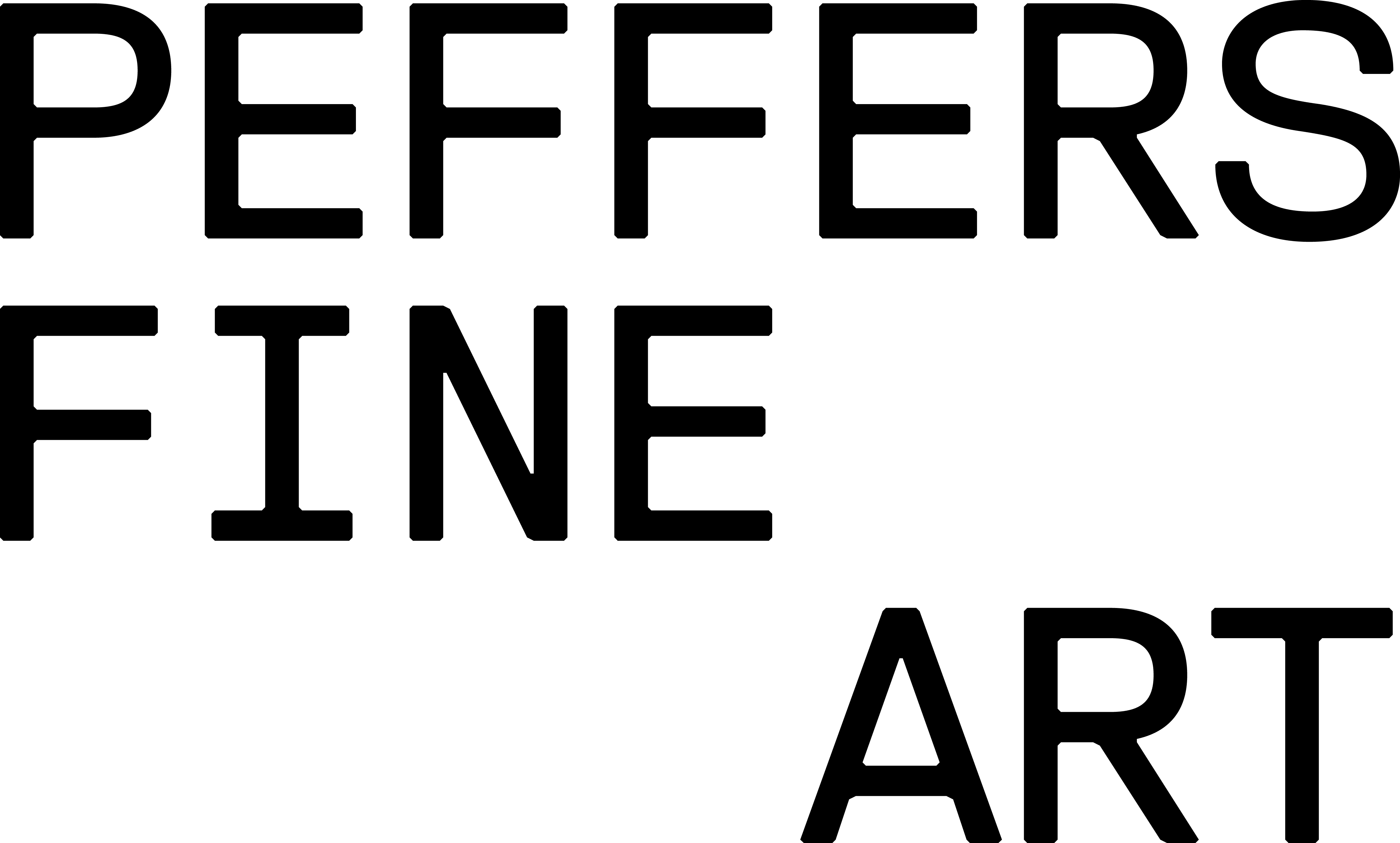Peter Clarke: A far journey, Oslo, 1978
-
 Peter Clarke, A far journey, Oslo, 1978
Peter Clarke, A far journey, Oslo, 1978 -
 Peter Clarke, A far journey, Oslo, 1978
Peter Clarke, A far journey, Oslo, 1978 -
-

-
 Peter Clarke holds up A far journey while visiting George Hallett (1942-2020), at Mas Domingo, near the village of Boule d'Amont, France, 1979. (Photograph: George Hallett)
Peter Clarke holds up A far journey while visiting George Hallett (1942-2020), at Mas Domingo, near the village of Boule d'Amont, France, 1979. (Photograph: George Hallett) -
"A far journey, 1978, was a response to his feelings of unfamiliarity in Norway."
– Philippa Hobbs and Elizabeth Rankin
The painting, as Clarke himself explained, was produced in direct response to the Norwegian environment. Once in Norway, Clarke found that distance seemed to bring events at home closer. As he said he: 'looked back to South Africa, as though being away made [him] more aware'. In many senses, the physical distance allowed Clarke to discover political freedom in Norway, while he simultaneously began to long for another sort of freedom - that of the large open spaces of South Africa where the natural world and all its wonder readily opens up and engulfs the viewer.
A far journey is almost entirely unique in Clarke's oeuvre. In most of his paintings and prints, the main figure or human subject limits the landscape by their presence. Conversely, in A far journey, the vast landscape is the subject. This was, at least in part, the result of being able, while in Norway, to paint on a larger format than usual and explore a sense of scale. Limited space for a black person in South Africa was mandatory and had consequently become an unavoidable hallmark of his work. It was also not just the space in which to make these works that was a challenge, but equally difficult was the problem of where to store them afterwards. Clarke lived in a Group Areas apartment in Ocean View which, by the mid-1980s he still shared with his mother and sister who occupied the two upstairs rooms, while he slept downstairs in the living room.[1] However, in this painting the dove and the family remain markers of a socio-political context - the far journey, or the long walk to freedom, that South Africa still needed to travel in the 1970s.
The dove motif occurs regularly in Clarke's work. As he himself noted, he was intrigued by birds and the many people in his Ocean View community who kept them. As art historian Kenneth Clark stated, birds gained their meaning in art as much for their evocative colours as for the fact that they were symbols of hope; they were 'cheerful, hopeful, impudent, and mobile.' -
"...it brought back special memories of travelling through the Karoo in the summer."
– Philippa Hobbs and Elizabeth RankinThe dove symbolises new beginnings, peace, fidelity, love, luck, prosperity and hope. For those who knew Peter Clarke, no sentence could be more descriptive of his character.
In the seminal publication on the artist Listening to Distant Thunder, authors Philippa Hobbs and Elizabeth Rankin discuss this painting and the context of its creation in some detail:
“…A far journey (1978), was a response to his feelings of unfamiliarity in Norway: ‘…it was getting very cold and the Arctic was pressing on me’. The stippled ochre surface of the landscape conjured up the hot dry spaces of Africa that stretch endlessly to distant horizons. For the artist it brought back special memories of travelling through the Karoo in the summer. But, like other gouaches made at the time, this work was more than just an expression of dislocation from home. Taking advantage of his roomier living space and access to large sheets of rag paper, Clarke scaled up his landscape to panoramic proportions handled with fluid painterly surfaces. And not only was the scale bigger and the paintwork freer, but he took the experimental leap of using strips of paper collage instead of brushstrokes for the streaks of cloud in the sky and other elements.“A far journey accompanied him on a springtime visit on his way home from Norway to his old friend George Hallett, in exile since 1970 and now living at Boule d’Amont, near Perpignan in the south of France. Hallett’s recollection of this encounter remains vivid, perhaps because of the volume of photographs he took of the artist, who was to become, Hallett considers, his most extensively documented male subject. The two men worked through an ‘inspirational period’ of experiment, Hallett enjoying that quality about an artist that ‘inspired one to take pictures’ (Hallett interview 2007). One of these photographs has a particularly poignant relationship to the works Clarke had been making in Oslo. Hallett’s camera captured him holding up A far journey, thus juxtaposing the expansive Cape Flats image and the mountainous Pyrenean backdrop behind him, visually linking familiar home territory with present location. Distance afforded Clarke a more detached perception.”[2] -





